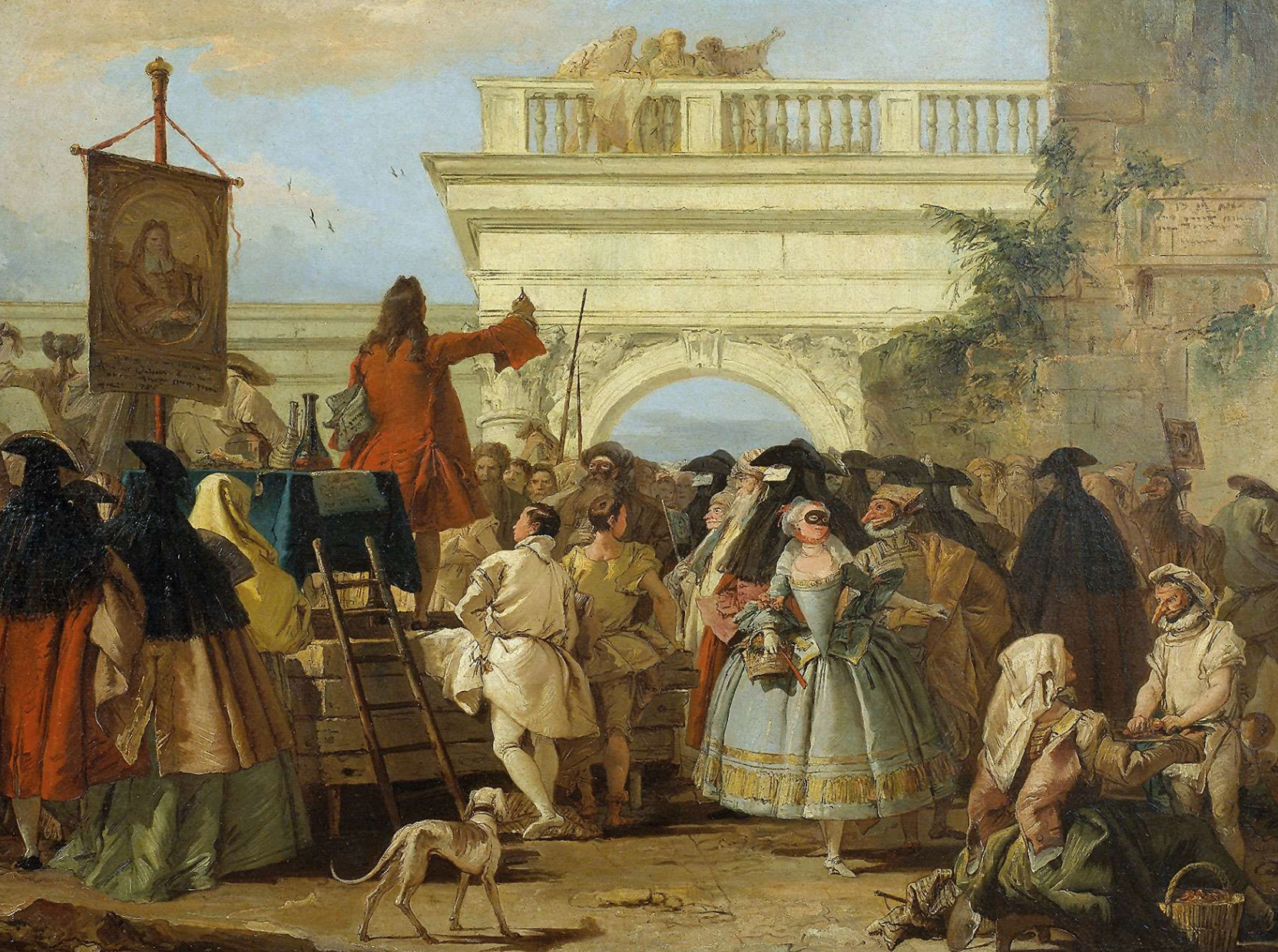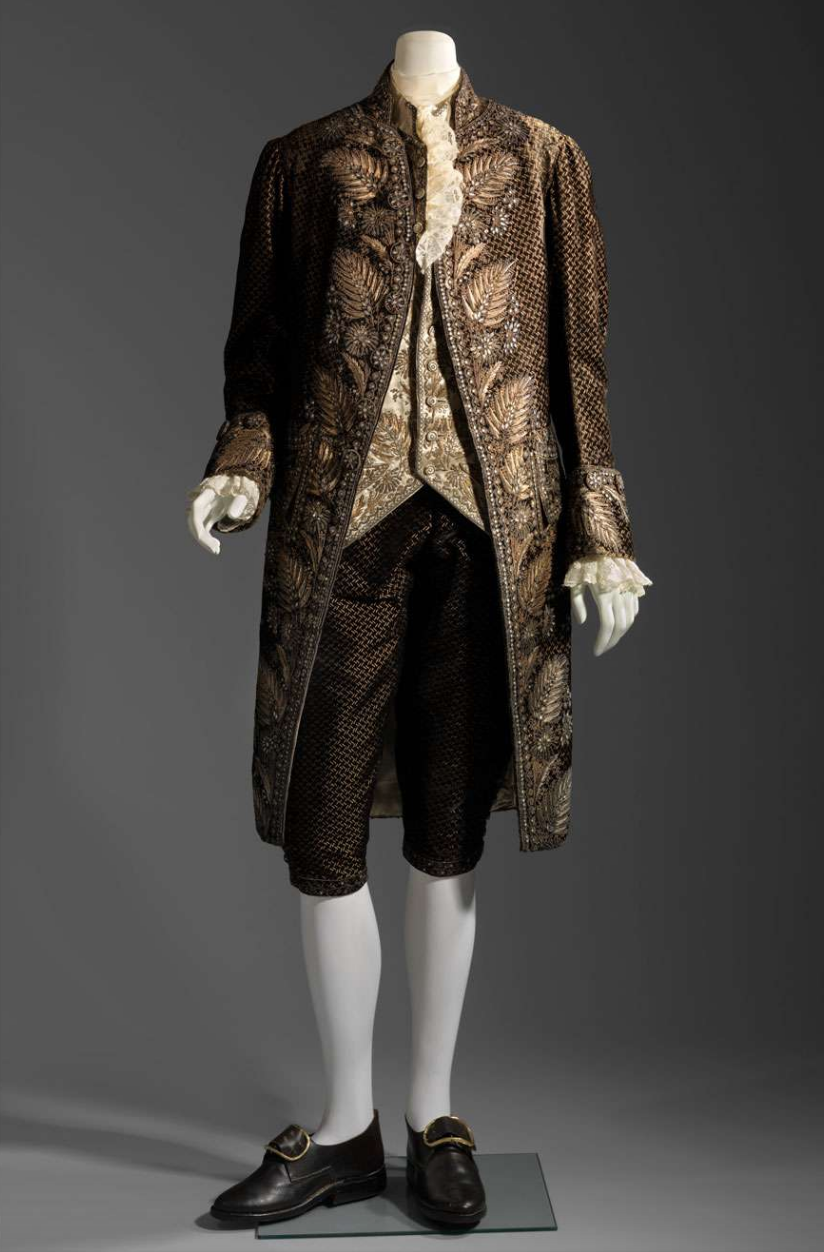"Casanova’s Europe" and the Art of Exhibition
By Clay McDermott
Casanova’s Europe has been gone from the Museum of Fine Arts, Boston for almost a month, but it has taken out a thirty-year mortgage on my memory. The exhibit was striking in the best way, and I can’t say I expected that. 18th century portraiture to me is too occupied with appeasing the subject of the commission. It simply doesn’t feel like the artist had the opportunity to create what they wanted and is thus not usually a favorite of mine. This exhibition changed my perspective.
This exhibition made oil paintings of canals and card tables feel vivid and important. It took viewers on a tour of Europe in the 18th century, following the path that famed writer Giacomo Casanova himself took. Casanova was a social climber and serial philanderer who had a habit of being kicked out of great cities, so the exhibit covered wide ground. I had the fortune of being led through the exhibit by Frederick Ilchman, the Art of Europe chair at the MFA. He took pains not just to talk about the art, but also the historical and physical context. Everything from the placement of the art to the paint on the walls behind them was equally up for discussion, and it was fascinating.
The first room was an introduction to the opulent and dramatic Italian port city of Venice. Lighting focused on the large paintings of the Grand Canal. My skepticism fully vanished when entering the next room: a Rococo paradise. The whole room was painted in the pale pinks and greens that made the gold-plated furniture pop. The color of the walls made for a rich reflection in the gold, making sure that the precious metal was valued for the decadence it represented. The chairs and cupboards transcended decoration when placed in a greater and more accurate historical context. After all, Venice was the single richest city of the time, and the fashions of the floating mercantile paradise reflected that. While the pieces would have been beautiful anywhere, only the simulated candlelight and soft greens and pinks reflected off the pieces here truly crafted an image of Venice that was, while beginning its economic downturn, still a decadent taste-making center of Europe
In simulated Venice, Ilchman introduced me to another facet of the exhibit: clothes. A men’s three-piece outfit and women's bustled dress from the time were displayed on mannequins. However, these mannequins had lives of their own. The tableau set up in the second Venetian room showed a secret affair between a gentle-mannequin and a mannequin-moiselle with a visit to the latter in a convent. Clothes are meant to be worn, so seeing them in action made them all the more lovely.
Before leaving Venice for Paris, we followed Casanova though is escape from the Venetian prison cells above the city center. Leading us through this story was a room with oil paintings of the edificial government buildings and diagrams of a the very rooftop cell that Casanova escaped from. I was initially wary of an exhibit about a serial seducer, but the exhibit followed in his tracks rather than in his ways. The exception: a red-walled gallery full of paintings of affairs with a small alcove dedicated to antique pornography.
From there, London was in sight with a room that demonstrated just how different styles were between Venice, France, and England. A simulated rainstorm in the false windows set the soundtrack for another tableau of a card game turned brawl centered around a specially constructed card table. The table itself was carved with markings to show where the cards should go, although the mannequin’s brawling had moved the deck from its space. Both men were wearing more restrained outfits than the aforementioned Venetians, all dark wool and brass buttons compared with the blue silk and gold embroidery of the mediterranean fashions. An ornately carved oak chair with red velvet cushioning was suspended in the state of collapse as one immaculately dressed mannequin reached to throttle his cheating compatriot.
The exhibit made what I considered to be sterile and stuffy art into something dynamic. I usually find contemporary art more engaging, but by the second room, I was addicted. Context was all that I needed to appreciate the pieces. While Casanova was a bit of a sensational choice as tour guide of 18th century Europe, I wonder where else a carefully contextualized exhibit could take a visitor. Classical Athens through the eyes of Herodotus or the Harlem Renaissance as seen by Langston Hughes could both be brought to life through writing, artifacts, and artful display. Ilchman and his team went beyond presenting the artwork, choosing instead to use the art of exhibition to make a long gone time come to life.
Casanova’s Europe was on display at the Museum of Fine Arts Boston from July 8, 2018 to October 8, 2018.
Images courtesy of mfa.org



